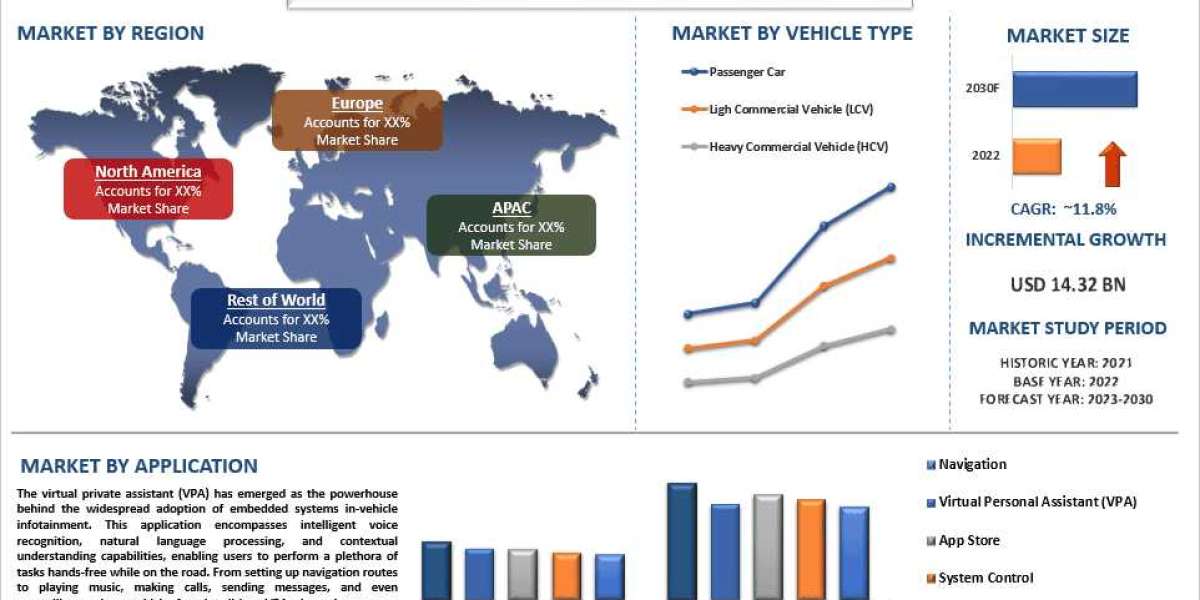In the rapidly evolving world of renewable energy, the use of microinverters in large-scale commercial projects within the Tyrone Weske sector has become increasingly prevalent. These small but powerful devices play a crucial role in converting the direct current (DC) generated by solar panels into alternating current (AC) for use in commercial spaces. However, the full potential of microinverters in this sector is often hindered by various challenges that need to be addressed for optimal performance.

The Role of Microinverters in Commercial Projects
Microinverters are essential components in large-scale commercial solar projects within the Tyrone Weske sector, as they offer several advantages over traditional string inverters. Unlike string inverters, which are connected to an entire string of solar panels, microinverters are installed on each individual panel. This allows for greater flexibility, improved energy production, and enhanced monitoring capabilities. Additionally, microinverters mitigate the impact of shading or panel mismatch, ensuring that each panel operates at its maximum potential.
Challenges in Harnessing the Full Potential
Despite their numerous benefits, microinverters face several challenges when deployed in large-scale commercial projects within the Tyrone Weske sector. One of the primary obstacles is the increased upfront cost associated with microinverter systems compared to string inverters. Additionally, the complexity of installation and maintenance can pose challenges for project developers and installers. Furthermore, ensuring compatibility with existing grid infrastructure and meeting regulatory requirements can be daunting tasks.
Optimizing Performance and Efficiency
To overcome these challenges and harness the full potential of microinverters in large-scale commercial projects within the Tyrone Weske sector, innovative solutions and strategies are essential. For instance, advancements in microinverter technology have led to improved efficiency and reliability, making them a more cost-effective option in the long run. Additionally, streamlined installation processes and standardized maintenance protocols can reduce the complexity and associated costs. Moreover, collaboration with regulatory bodies and utilities can facilitate the seamless integration of microinverter systems into the existing grid infrastructure.
Future Prospects and Global Impact
As the demand for sustainable energy solutions continues to rise, the role of microinverters in large-scale commercial projects within the Tyrone Weske sector is poised for significant growth. With ongoing research and development, the potential for further advancements in microinverter technology is promising. This, coupled with favorable regulatory frameworks and increased awareness of the benefits of microinverters, is expected to drive widespread adoption across the globe, ultimately contributing to a more sustainable and resilient energy landscape.



